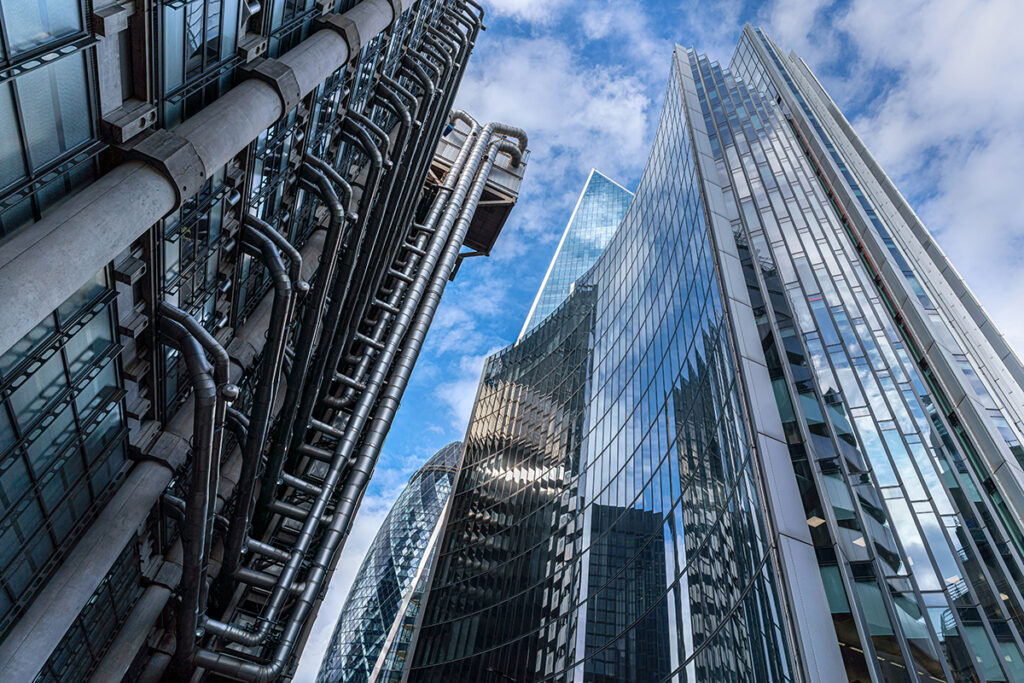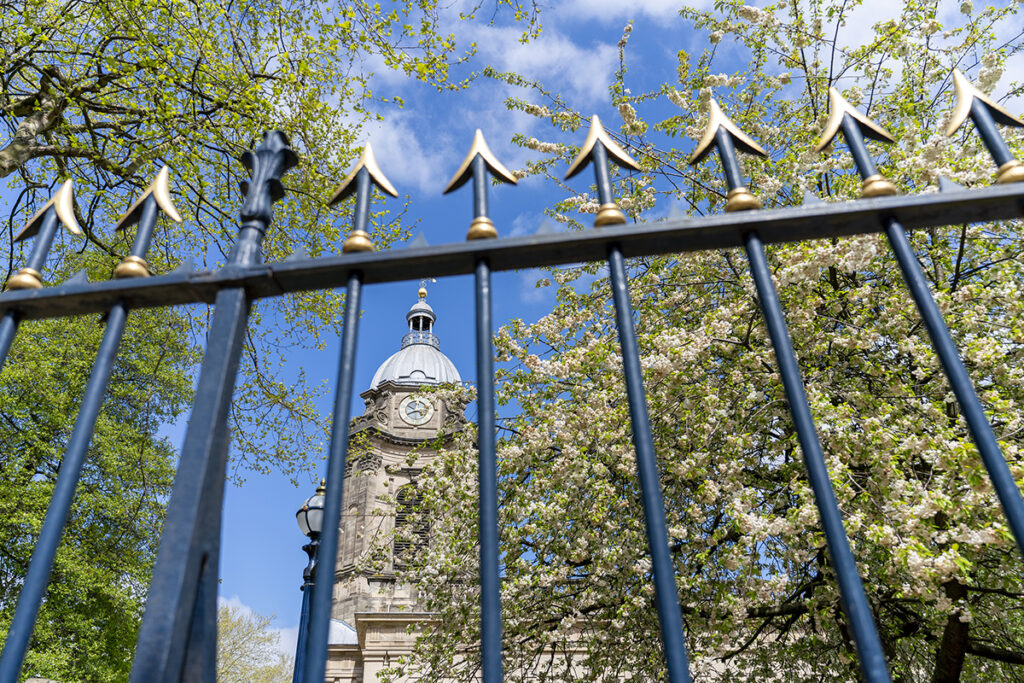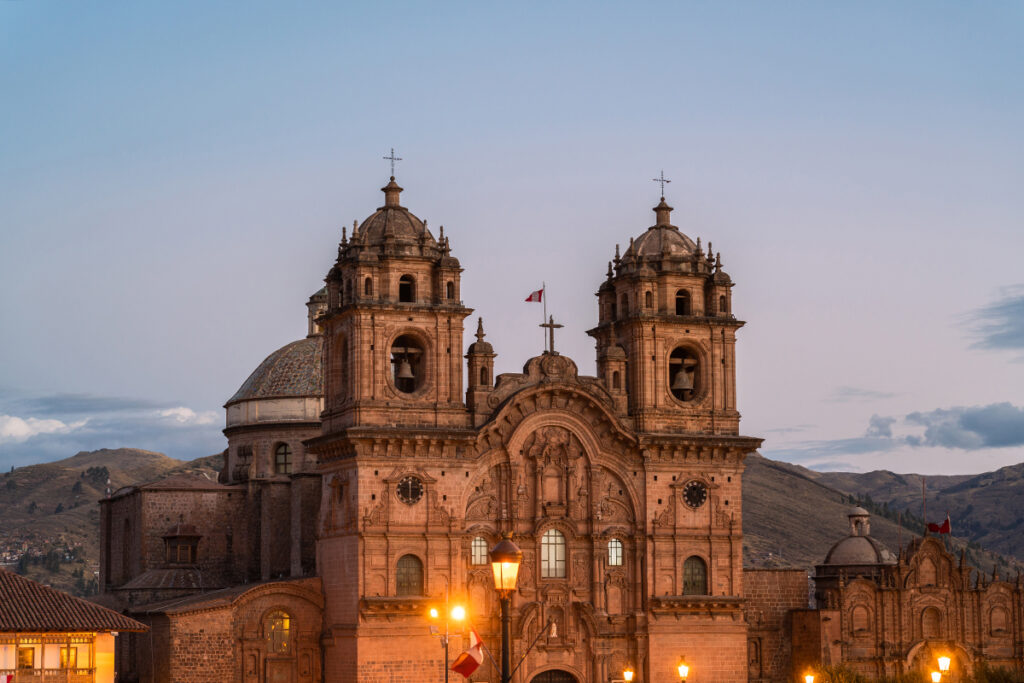Architecture photography offers a unique opportunity to capture the beauty and intricacy of buildings, from grand skyscrapers to intricate historical landmarks. It requires a keen understanding of light, composition, and perspective to capture the best angles and features of structures.
A crucial part of achieving professional-quality architectural images is selecting the right architecture photography lens. Tamron camera lenses offer a variety of options that provide both versatility and sharpness, helping photographers adapt to different architectural scenes and lighting conditions.
What You Will Learn In This Article:
- Architecture photography benefits greatly from wide-angle lenses like the Tamron 20-40mm F/2.8, which captures expansive views and intricate details with minimal distortion.
- Tamron’s Vibration Compensation (VC) system, found in lenses like the Tamron 24-70mm F/2.8 G2, ensures sharp images even in low-light conditions, crucial for handheld shooting.
- Leading lines and symmetry are key compositional tools in architecture photography, helping to create visually striking and balanced images.
- Tamron lenses like the 24-70mm F/2.8 and 35-150mm F2-2.8 offer versatility for both wide-angle exteriors and close-up architectural details, making them ideal for capturing diverse scenes.
- Experimenting with different perspectives and lenses, especially in challenging lighting, allows photographers to unlock new creative possibilities in architectural photography.
Tamron Lenses for Architecture Photography
Selecting the right architecture photography lens is key, especially when shooting wide buildings, complex interiors, or focusing on fine details. Here are some excellent Tamron lenses currently available for capturing stunning architecture:
Tamron 20-40mm F/2.8 Di III VXD

The Tamron 20-40mm F/2.8 Di III VXD (Model A062) is a fantastic wide-angle zoom lens for capturing sweeping views of cityscapes and large structures. With a focal length starting at 20mm, this lens is ideal for expansive shots while maintaining the sharpness needed for detailed architecture. Its VXD (Voice-coil eXtreme-torque Drive) autofocus ensures fast and precise focusing, which is especially useful for capturing detailed architectural elements. The constant F/2.8 aperture provides excellent performance in low-light settings, making it perfect for both indoor and outdoor shoots.
Tamron 24-70mm F/2.8 Di VC USD G2

For flexibility in capturing both wide exteriors and detailed close-ups with a DSLR camera or mirrorless with the manufacturer adapter, the Tamron 24-70mm F/2.8 Di VC USD G2 (Model A032) is a versatile lens. Its broad zoom range allows for wide-angle shots of large buildings while zooming in on intricate details. The Vibration Compensation (VC) system helps ensure sharp, stable shots even in low-light conditions or when shooting handheld. The constant F/2.8 aperture is ideal for maintaining consistent exposure and shallow depth of field across a range of lighting conditions.
Tamron 35-150mm F/2-2.8 Di III VXD

The Tamron 35-150mm F/2-2.8 Di III VXD (Model A058) offers exceptional versatility for architecture photographers who want to capture both wide and telephoto perspectives. Its unique focal range allows for both broad cityscapes and zoomed-in architectural details. The ultra-fast F2-2.8 aperture provides excellent low-light performance, making it suitable for shooting buildings during golden hour or in darker environments. The lens also features VXD autofocus, ensuring smooth and precise focusing, essential for architectural photography. Below are some architecture photography tips to use with your Tamron lenses.
Composition and Technique Tips
Utilize Leading Lines and Symmetry

Leading lines are a powerful compositional tool in architecture photography and a top architectural photography tip. Look for lines in the building’s structure, such as hallways, staircases, or windows, to guide the viewer’s eye toward the subject. Symmetry is another essential tool—many buildings are designed with symmetry in mind and capturing that balance can result in striking images. Align yourself directly in front of your subject to highlight this visual symmetry.
Experiment with Perspectives

While wide-angle architecture photography lenses like the 20-40mm F/2.8 can capture entire buildings, playing with perspective can yield more dynamic results. Shooting from a low angle (worm’s-eye view) can make buildings appear even more imposing, while an overhead shot can reveal interesting patterns and structural details from above.
Technical Settings for Architecture Photography

Aperture and ISO
For detailed and sharp images, use a narrow aperture (F8-F11) to ensure the entire building remains in focus. Since buildings are stationary, use a low ISO setting (100-200) to reduce noise and achieve maximum image quality.
Handling Low-Light Conditions
Architectural photography often involves shooting outdoors at various times of the day. The Tamron 24-70mm F/2.8 and 35-150mm F2-2.8 excel in low-light conditions thanks to their wide apertures. Additionally, the VC system in the 24-70mm allows you to shoot handheld in low light, maintaining sharpness without the need to increase ISO.
Unlock Creative Possibilities with Tamron Lenses
Choosing the right lens and following our architecture photography tips is critical to capturing the grandeur and fine details of buildings. Whether you’re working with the Tamron 20-40mm F/2.8 for wide exteriors or the 35-150mm F2-2.8 for zoomed-in architectural details, Tamron lenses provide the flexibility and performance needed to produce stunning images. Experimenting with different perspectives, focal lengths, and lighting will help unlock new creative possibilities in your architecture photography.
Learn more about Tamron lenses at your local authorized Tamron retailer or shop direct on the TAMRON Store.
